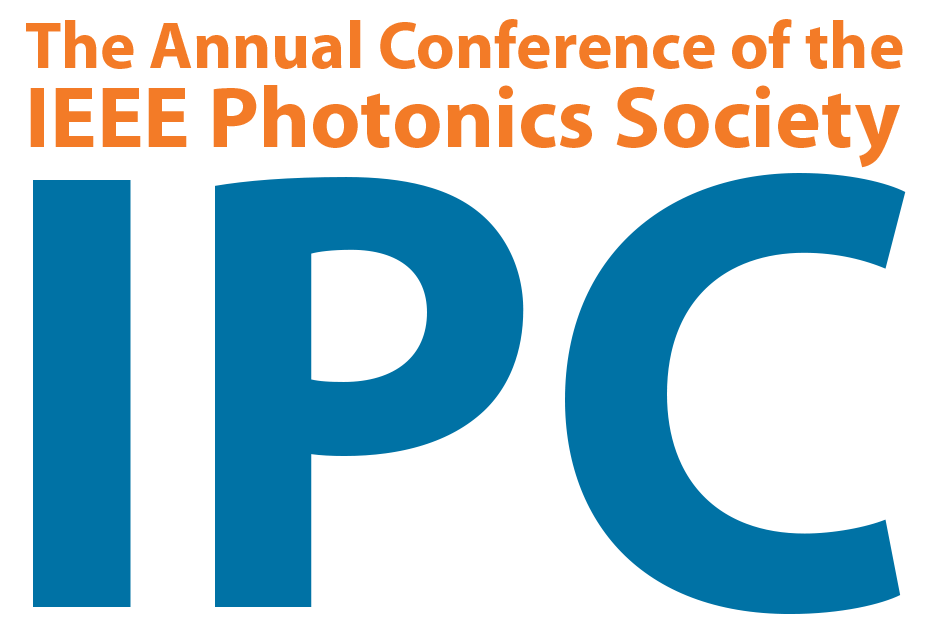IEEE OI Conference Update
IEEE Optical Interconnects (OI) Conference Update
In conjunction with IEEE, the Optical Interconnects organizing committee has been monitoring the COVID-19 pandemic.
The safety and well-being of our conference participants, authors, and speakers are our priority. After studying and evaluating the announcements, guidance, and news released by relevant national departments, we have evaluated alternate options for the Optical Interconnects (OI) 2020 conference.
After discussions with IEEE Photonics Society, it has been decided to postpone OI and include the full conference program during the society’s flagship conference, the IEEE Photonics Conference (IPC).
IPC will be held as a virtual conference during its originally planned dates, 28 September – 1 October 2020. We hope you will be able to participate in IPC 2020!

GENERAL CO-CHAIR
James Stewart
Facebook, USA
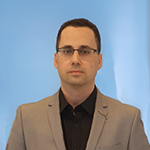
PROGRAM CO-CHAIR
Liron Gantz
Nvidia, Israel
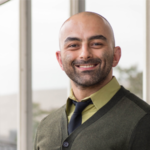
GENERAL CO-CHAIR
Ashkan Seyedi
Hewlett Packard Enterprise, USA
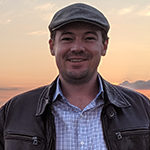
PROGRAM CO-CHAIR
Jock Bovington
Cisco, USA
Committee Members
Antoine Descos, HPE, USA
Jing Gao, Source Photonics, USA
Ali Ghiasi, Ghiasi Quantum, USA
Madeleine Glick, Columbia University, USA
Rich Grzybowski MACOM, USA
Jared Hulme, HPE, USA
Dan Kuchta, IBM, USA
Rick McCormick, Sandia National Laboratory, USA
Mohamed Osman, McGill University, Canada
Samuel Palermo, Texas A & M University, USA
Roberto Prioietti, University of California, Davis, USA
Peter Rhim, HPE CA, USA
Clint Schow, University of California-Santa Barbara, USA
Sudip Shekhar, University of British Columbia, Canada
Wei Shi, Université Laval, CanadaTomoo Takahara, Fujitsu, Japan
Harris Turk, US Department of Defense, USA
Ryohei Urata, Google, USA
Keynote Speakers
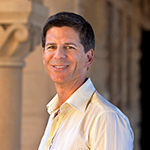
Joseph Kahn
Stanford University, USA
Drivers and Design Options for Coherent Links in Data Centers
Coherent links provide superior spectral efficiency and receiver sensitivity along with temperature insensitive demultiplexing. These are invaluable for future pluggable or co packaged transceivers, which must achieve high density, accommodate large temperature excursions, and overcome losses of integrated photonics and scaled optical networks. To satisfy energy-consumption requirements, however, data-center coherent links must be designed differently than their long-haul counterparts. We review promising design options, which combine optical, analog or digital methods for polarization and carrier recovery.
Joseph Kahn Bio:
Joseph M. Kahn is a Professor of Electrical Engineering at Stanford University. He received a PhD in Physics from University of California, Berkeley in 1986. His achievements include: first successful synchronous (coherent) detection in fiber optics (1989); first probabilistic shaping in optical communications (1999); founding of StrataLight Communications, market leader in first-generation phase-modulated fiber transmission systems (2000); and first electronic compensation of fiber Kerr nonlinearity (2002), which led to digital backpropagation (2008). He received the National Science Foundation Presidential Young Investigator Award (1991) and is a Fellow of the IEEE (2000).
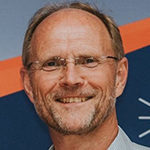
Anders Larsson
OptiGOT, Sweden
The Future of VCSELs: Dynamics and Speed Limitations
Higher speed VCSELs are being developed to minimize the number of parallel lanes as the aggregate interconnect capacity increases from 200 to 400 and 800 Gbps. In this talk, we will discuss VCSEL dynamics and speed limitations and what improvements we expect with further developments
Anders Larsson Bio:
Anders Larsson received the M.Sc. and Ph.D. degrees in electrical engineering from Chalmers University of Technology, Göteborg, Sweden, in 1982 and 1987, respectively. In 1991, he joined the faculty at Chalmers where he was promoted to Professor in 1994. From 1984 to 1985, he was with the Department of Applied Physics, California Institute of Technology, and from 1988 to 1991 with the Jet Propulsion Laboratory, both at Pasadena, CA, USA. He has been a guest professor at Ulm University (Germany), at the Optical Science Center, University of Arizona at Tucson (USA), at Osaka University (Japan), and at the Institute of Semiconductors, Chinese Academy of Sciences (China). He co-organized the IEEE Semiconductor Laser Workshop 2004, organized the European Semiconductor Laser Workshop 2004, was a co-program chair for the European Conference on Optical Communication 2004, and was the program and general chair for the IEEE International Semiconductor Laser Conference in 2006 and 2008, respectively. He was a member of the IEEE Photonics Society Board of Governors (2014-2016) and an associate editor for IEEE/OSA Journal of Lightwave Technology (2011-2016) and is a member of the editorial board of IET Optoelectronics. His scientific background is in the areas of optoelectronic materials and devices for optical communication, information processing, and sensing. In recent years, his research has focused on vertical-cavity surface-emitting lasers and optical interconnects. He is a Fellow of IEEE, OSA, and EOS. In 2016, he co-founded OptiGOT AB, a company based in Göteborg, Sweden, offering VCSEL design, testing, and prototyping services for datacom, sensing, and high-power applications.
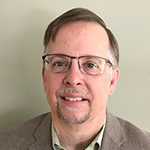
Larry Dennison
NVIDIA, USA
AI Systems Drivers for Optical Interconnect
Artificial Intelligence is being increasingly applied to a wider variety of computational problems, including recommender networks, natural language processin and robotics. Data center AI systems are creating additional strains on optical interconnect systems. This talk covers some of the underlying drivers for AI systems interconnect.
Larry Dennison Bio:
Dr. Dennison joined NVIDIA in September of 2013 and leads the Network Research Group. His current research interests include large networks of GPUs, switch micro-architectures, network-on-chip and photonic interconnects. At, NVIDIA, he was the principal investigator for the DesignForward project which was responsible for several GPU shared-memory concepts such as NVSHMEM and NCCL. His team proposed development of a GPU shared memory fabric and developed the first NVSwitch architecture.
Prior to NVIDIA, he worked on software systems such as high-performance distributed applications, database scaling for the cloud and software-defined networking. He co-founded Avici Systems where he architected and led the development of the ASIC chipset for the Avici Terabit Router which utilized a 3-D toroidal network. Dr. Dennison holds Ph.D., M.S., and B.S. degrees from the Massachusetts Institute of Technology.
